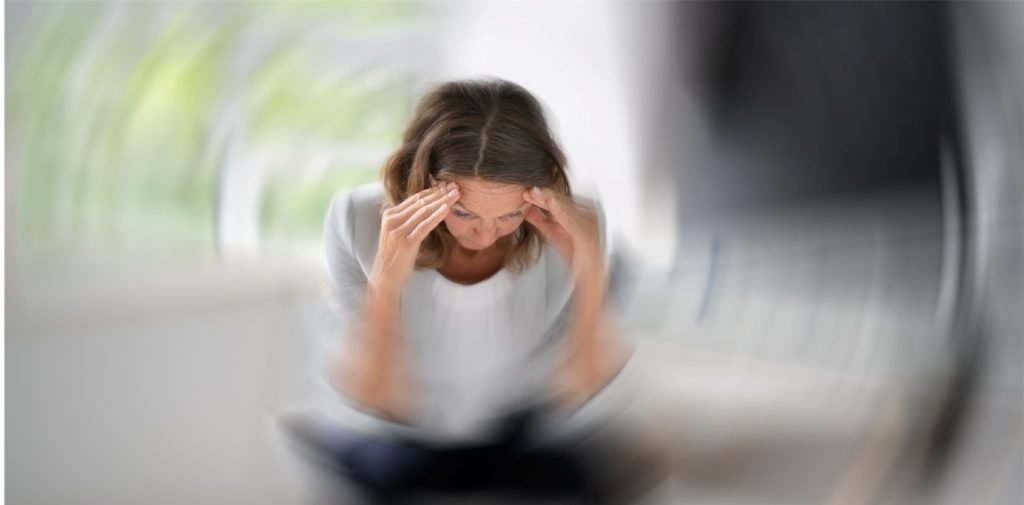Vestibular Physio is a specific field of physiotherapy aimed at diagnosing and treating conditions of the vestibular system which may be causing dizziness, vertigo and balance issues. At In Balance Physio, our vestibular physios have undergone extensive training in specific assessment and treatment techniques to diagnose the cause of your symptoms and provide you with a treatment plan to get you back in Balance!
What is the Vestibular System
The vestibular system is a sensory system which provides the brain with information about balance, head position and movement. It allows us to maintain equilibrium, keep our vision stable while moving and co-ordinate movements. It is comprised of the vestibular organ which senses movement, the vestibular nerve, which conducts the movement messages to the brain and the parts of the brain which process this information and decide how to interpret it.
The vestibular organ is comprised of 3 semicircular canals, which provide information on rotational movement such as tilting or turning of the head in different directions as well as 2 otoliths which provide information about vertical and horizontal movement.
There is a vestibular organ in both the left and right inner ear and the information sent to the brain from both sides should agree with one another. Symptoms such as vertigo, dizziness and balance issues are often caused because of an alteration in the way movement information is being sensed in one of the vestibular organs, poor conduction of this information from one side due to an issue with the vestibular nerve or poor processing of this information centrally in the brain. The result is that the brain becomes confused as to what movement is occurring and experiences dizziness or vertigo.
Conditions which can cause issues with the vestibular system include:
- Benign Paroxysmal Positional Vertigo (BPPV).
- Vestibular Neuritis and Labyrinthitis.
- Meniere’s disease.
- Vestibular hypofunction.
- Post concussion syndrome.
- Cervicogenic dizziness.
What to expect from Treatment?
A vestibular physio is trained in a series of test procedures to ascertain which systems are contributing to your symptoms and the exact treatment will depend on the results of your examination. A thorough history will be taken, followed by a series of vestibular tests.
Following this, in the case of BPPV, you will be taken through a series of specific head movements to correct the condition. In other cases, you may be taught gaze stability or habituation exercises to assist with settling the symptoms.
Commonly the testing can induce symptoms and where possible, depending on the severity of your symptoms, it is best to have someone bring you to and from the appointment.
If you have been suffering from dizziness or vertigo, book an appointment with one of our expert vestibular physios today for a diagnosis and plan to get you back In Balance!



